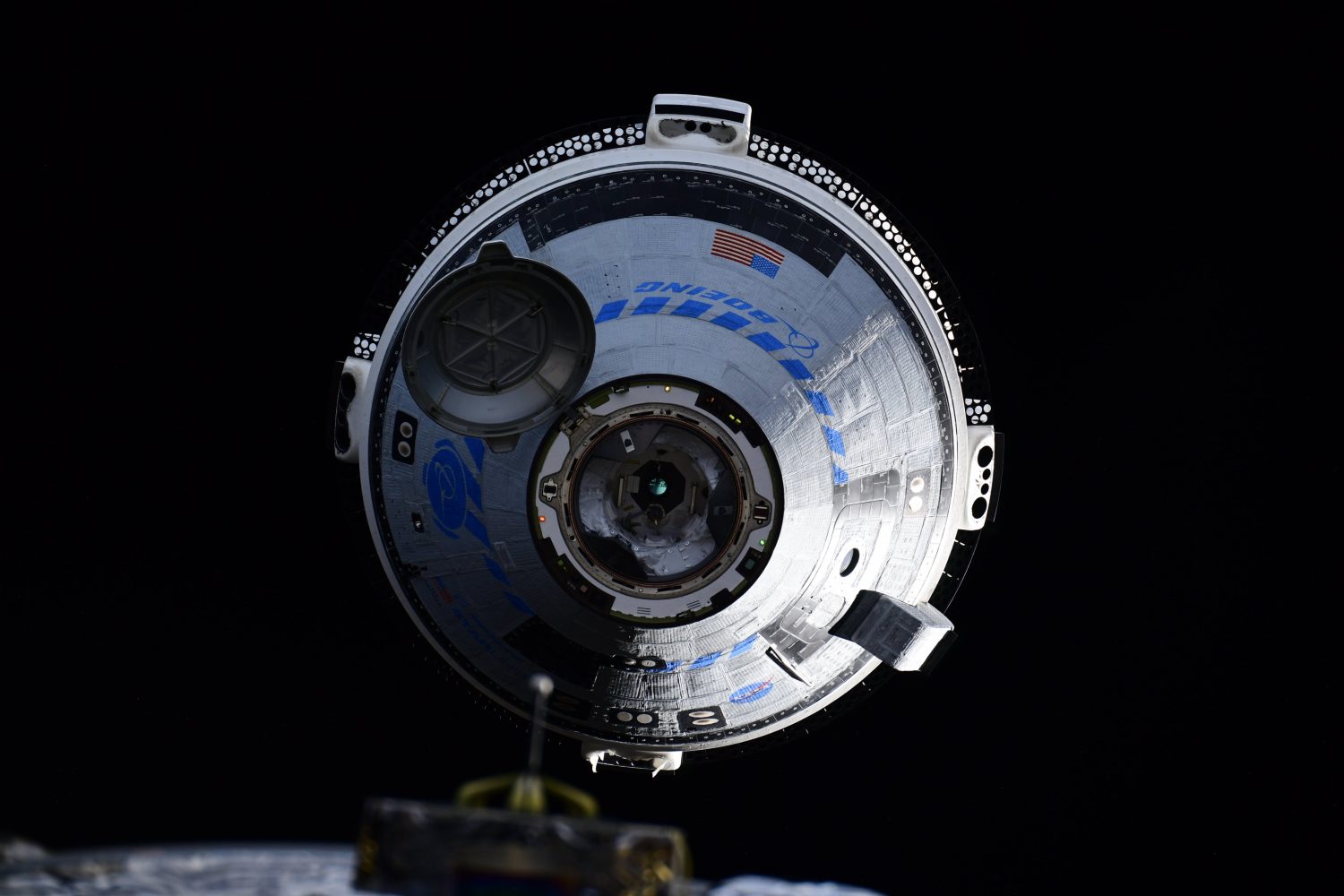
Over the weekend, NASA made its decision that Boeing’s Starliner would not be safe enough to risk returning its crew from space. Instead, the agency has decided the two astronauts who flew up to space on it will return with Crew-9 on SpaceX’s Dragon early next year.
“It’s been a long summer for our team,” proclaimed Steve Stich, NASA’s Commercial Crew Program Manager, during a press conference announcing the news Boeing’s Starliner will return to Earth uncrewed. What was supposed to be a short test flight has lasted over two months as Boeing and NASA investigate Starliner’s issues.
NASA’s Administrator Bill Nelson announced at the start of Saturday’s press conference that Butch Wilmore and Suni Williams, the crew of Boeing’s Starliner Crewed Flight Test, would not be returning home on it but on SpaceX’s Crew-9 mission in February. The decision came after the agency didn’t see enough data from ground thruster tests to justify the risk of flying the crew home on Starliner.
“We have had mistakes done in the past. We have lost two space shuttles as a result in there not being a culture in which information could come forward,” Nelson said about what went into making the decision. “The decision to keep Butch and Suni onboard the International Space Station and bring the Boeing Starliner home uncrewed is a result to a commitment to safety.”
NASA’s call on how to return Butch and Suni came after an agency-wide flight test readiness review that went over everything Boeing and the agency have discovered through tests. Boeing was apparently on board with either a crewed or uncrewed return of the spacecraft, named Calypso, but suggested NASA make the call.
This all started when thrusters on Starliner began failing during docking to the ISS back in early June. Teams halted docking to figure out a short-term fix to get the spacecraft docked, but now a long-term solution and understanding of why it happened was needed before return.
It was discovered during ground tests that Teflon tape inside the thruster systems was expanding, causing unpredictable behavior. Even with more ground tests and models, it wasn’t enough for NASA’s risk tolerances.
Moving forward, Butch and Suni will become officially integrated into the Expedition 71 and 72 crews, Crew-8‘s Dragon will be temporarily set up to support a six-person contingency landing, and sometime in September, Starliner will be remotely undocked from the station.
Crew-9 will launch with two crew members instead of four; those flying have yet to be announced. NASA could either split the current Crew-9 members in two or push them back to Crew-10 and put two new members to command and pilot the Dragon for Crew-9. The agency hasn’t hinted at all as to what motion they will take, only saying crew assignments are in the works.
For Boeing, it hasn’t been decided if they will require a second crewed flight test or some sort of third uncrewed flight test. However, NASA officials have said they remain committed to supporting the company in completing its contract. Nelson spoke with Boeing’s new CEO, Kelly Ortberg, who also expressed the company’s commitment to supporting NASA.
FTC: We use income earning auto affiliate links. More.




Comments